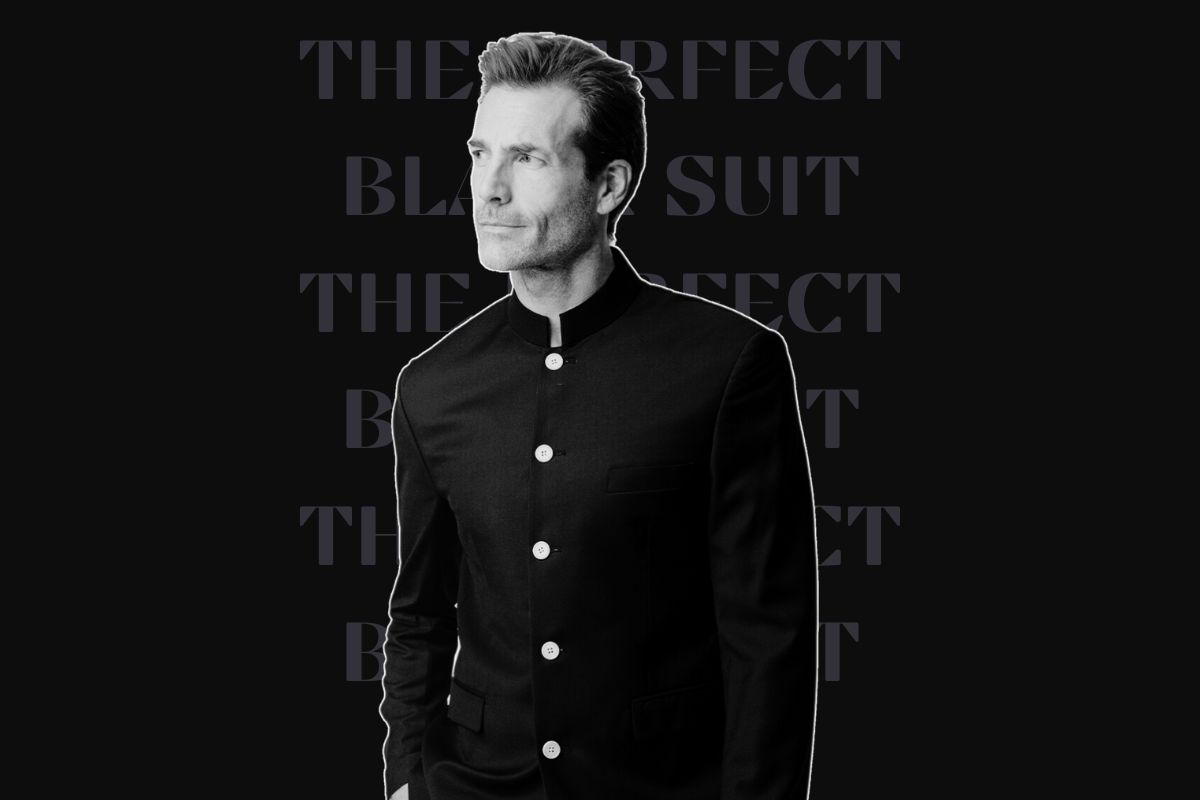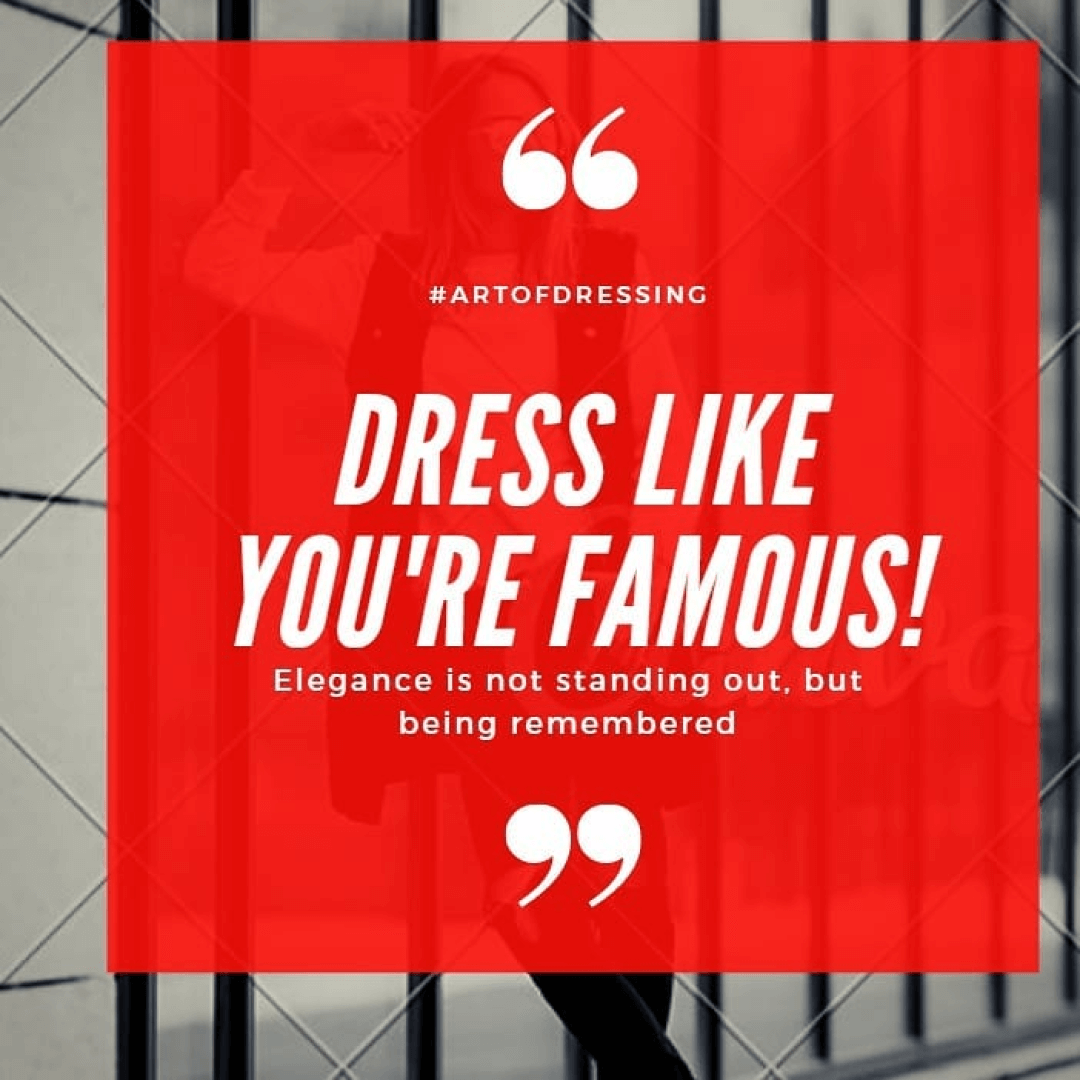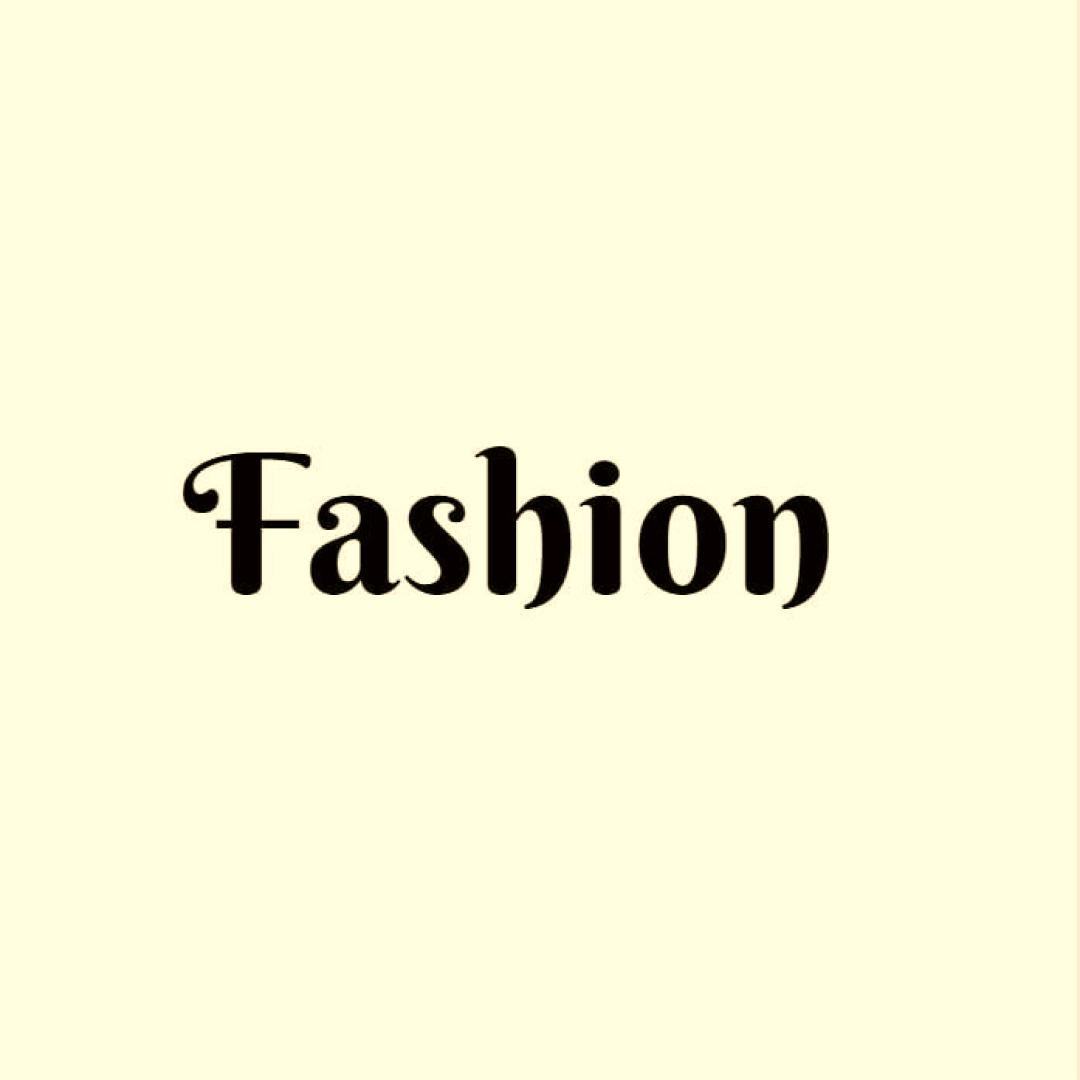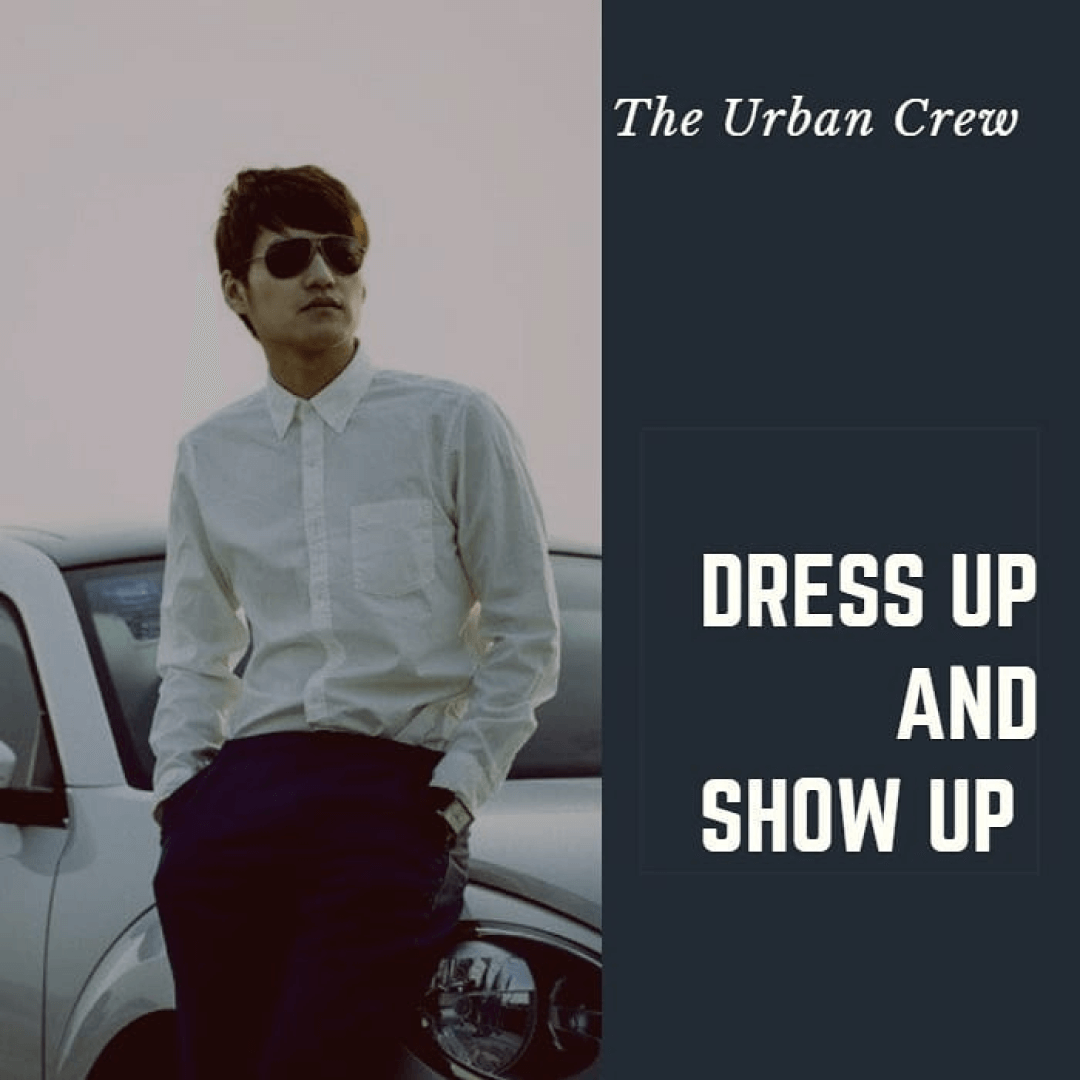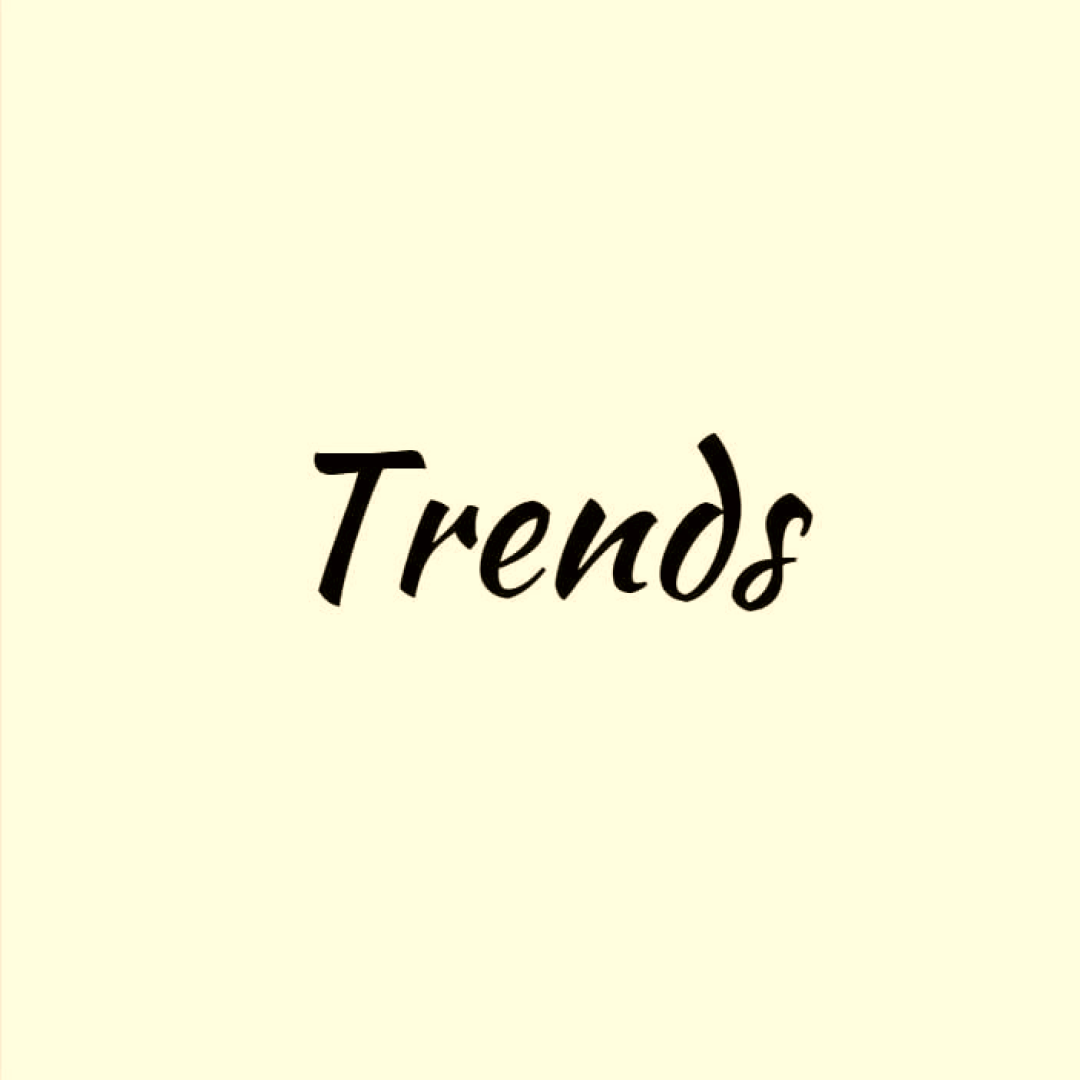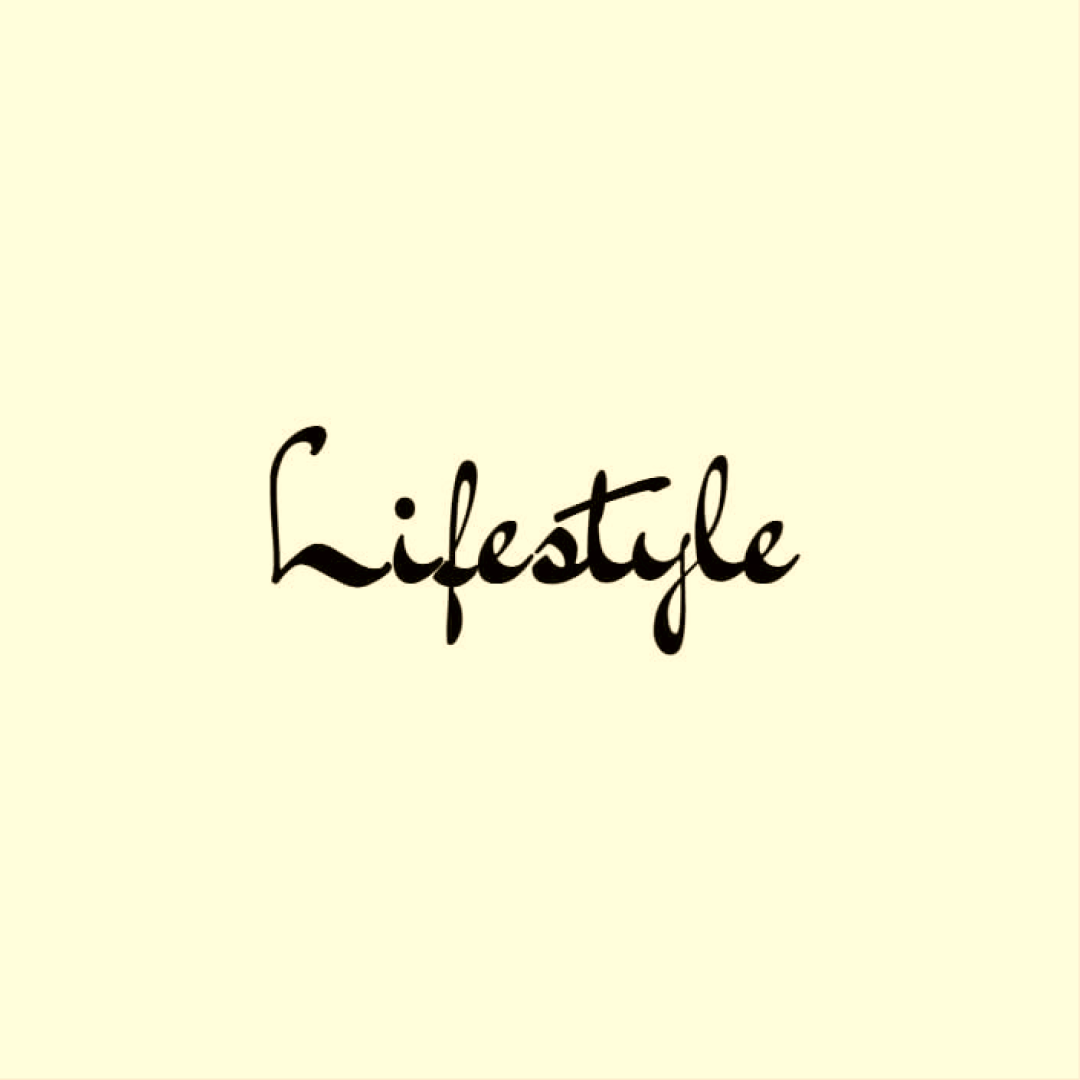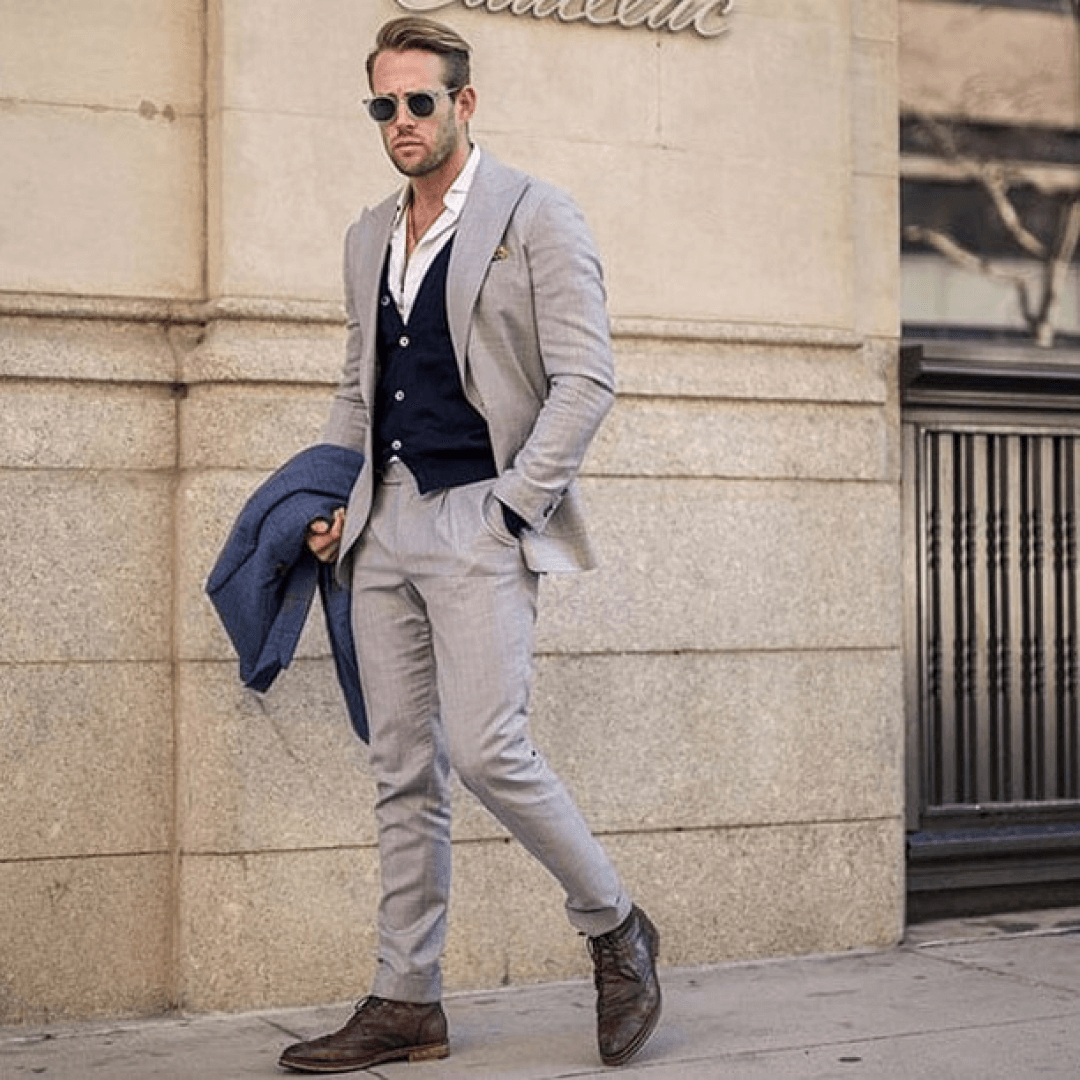Also referred to as the “Mao suit” or “Zhongshan suit,” Mao dresses originated in China in the early 20th century, named after the founding father of the People’s Republic of China, Mao Zedong, who designed it to unite people and promote an egalitarian sentiment among the population. Inspired by the attire of Sun Yat-sen, the father of modern China, the Mao dress became a symbol of the Chinese Communist Party and its revolutionary ideals.
Table of Contents
Symbolism and Design
The design is very simple yet practical for daily wear. Its straight cut is normally featured in a high neck with buttons, and the overall silhouette boasts four pockets on its front side. The simplistic appearance was used for the promotion of the ideology through modesty rather than flashy ostentation.
The unison of Mao attire would not promote class and also unite a family into a uniform entity.
Political Uniforms Becoming Fashion
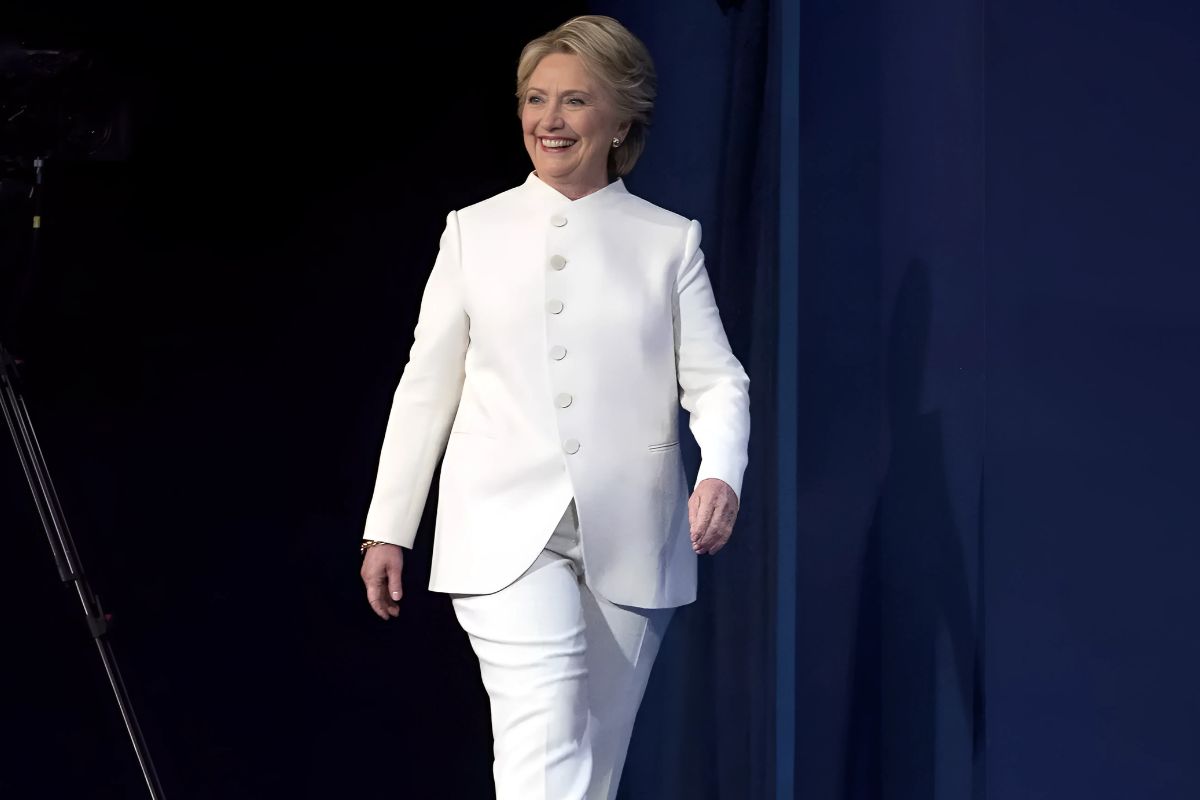
Over the years, the Mao dress has transformed significantly from being a political uniform to a piece of fashion. This change would be attributed to factors such as transformation in Chinese society, globalization, and influence of contemporary designers.
1. Changes in Chinese Society
It is during this open-up to the world and the embracing of economic reforms that a rigid hold to Communist ideals would begin to lessen. Youngsters began looking into individual expression and personal style and, with these, traditional dress, like the Mao dress, began to interest people again. This interest has nothing to do with politics, but with one’s heritage, pride, and culture.
2. Globalization and Cultural Exchange
Globalization was the key driving force behind Mao dresses. Because Chinese culture and fashion were internationally recognized, more designers and fans of fashion throughout the world found ways to work elements of the Mao dress into their collections. This cross-cultural exchange helped decontextualize the Mao dress, transforming the garment from something that symbolized political ideology into a versatile, stylish garment.
3. Impact of Contemporary Designers
Restyling the Mao outfit for modern times has been much aided by contemporary designers. They have been playing about with the fabric, colour, and forms. Whether they are individual designers or luxurious homes, everyone has found inspiration in this Mao garment. The Mao dress has been molded into innovative fashion-forward interpretations for the modern era.
Mao Dresses in Modern Fashion
The Mao dress has been a great fashion revival of the present time for today’s trends. The garment has also been featured on the runways and street fashions in the collections of Chinese and international designers. These modern interpretations usually take the old elements and join them with current aesthetics, resulting in a completely new and original look.
1. High Fashion and Runways
Fashion companies like Shanghai Tang and Vivienne Tam have frequently included Mao-inspired designs into their lines-of-business. The high-fashion rendition elevates the Mao dress to a whole fresh degree of refinement and elegance with opulent fabrics, strong colours, and delicate embroidery.
2. Street Fashion and Everyday Wear
Aside from high fashion, the Mao dress has also become a favorite for street fashion and everyday wear. Modern versions of the Mao dress are usually looser fitting to be used during daily life with no hassle at all. The Mao dress is very versatile; it can be styled from casual to chic.
Cultural and Social Significance
The Mao dress experienced a resuscitation in modern fashion, but it didn’t only show its aesthetic value. The clothing is meaningful in a deeply cultural and social context as well, for the Mao dress connects many people to their heritage and roots. It represents a meeting point between tradition and modernity, the constant flux of Chinese identity in the 21st century.
1. Connection between the Past and the Present
The Mao dress can be used to bridge the past and the present by respecting the historical value it holds but restating its significance in modern times. Cultural continuity helps in keeping and promoting Chinese history and culture.
2. Symbol of Resilience and Adaptability
From a political uniform, this has become a statement of fashion that represents adaptation and tenacity. Therefore, it has demonstrated how relevant culture is in different periods by means of the modification of such cultural icons. The force the Mao clothing bestowed upon its revolution throughout times could readily be transferred into the fashion industry, therefore attesting to the strength of cultural legacy in remaining within society.
Conclusion
It is a living testament of how fashion and cultural expression are dynamic in nature how Mao dresses have evolved into fashion. From being a symbol of Communist ideology in their very origins to today’s reinterpretations, Mao dresses can now be said to have gone beyond their intended functions and have become versatile and fashionable garments. As cultural diversity is embraced by the world and celebrated, the Mao dress is definitely a good example of how tradition can very well harmoniously coexist with modernity within fashion.
